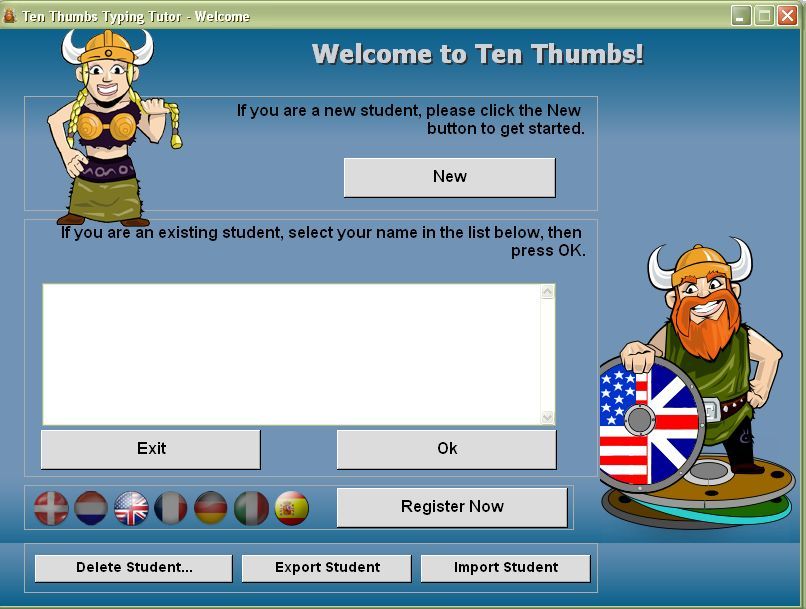

Almost everyone in the crowd has their arm out, thumb pointed down to the ground. His famous painting “Pollice Verso” depicts a crowded arena looking down on a few gladiators, only one of whom is still standing, foot pressed to the throat of one of his fallen combatants. Then, in 1872 the popular and influential painter Jean-Léon Gérôme, well, turned things upside-down a bit. From the 1600s until the early 1900s, that’s the primary dichotomy of thumbs: bent up (death) or down (life). The thumb turned, extending from the hand, was translated from Latin as a sign of “disapprobation” in a number of instances that the Oxford English Dictionary records. In the intervening years, the thumbs-up gesture was mostly mentioned in reference to the Latin. So how did the meaning get swapped around? In antiquity, says Corbeill, “the thumb was hostile in the same way the middle finger was hostile, and it was a threat, just like it is now.” There’s a poem that describes a crowd gesturing towards a gladiator with an unfriendly or hostile thumb, and then the same phrase is used in other contexts where it clearly means the upturned thumb. “‘Turning the thumb’ is turning the thumb up ,” he says, “and you’ve got the ‘up’ gesture.”Īnother reason we know the thumbs-up was the kill signal was a gesture known as the infestus pollex or hostile thumb, which is mentioned in texts but, again, isn’t pictured. He’s got a fist with his thumb pressing down on it.”įor example, the word for turning also means turning a limb in question on the joint, but doing the modern thumbs-down gesture involves turning the wrist, not the thumb. “And right underneath, one of the referees is pressing his thumb. There’s two referees around them breaking up the battle and up above it says, in Latin, STANTES MISSI, which means ‘let the men who are still standing be released,'” he says. “What’s great about these is that they often have text accompanying them, so what you see very clearly is two gladiators fighting to a standstill. “A thumb can press or be pressed, it works both ways.”Ĭorbeill located an example of what exactly the gesture might look in Nîmes, in southern France, when he found an appliqué medallion that shows a scene from a gladiatorial battle. “The verb premere in latin is just as ambiguous as ‘press’ in English,” he says. The Latin term for the gesture of approval, Corbeill explains, is pollices premere, which means “press your thumbs” and has been described by Pliny the Elder as a common gesture of good wishes. You’ll be able to learn at your own pace and will improve thanks to a multitude of exercises testing your hand placement, dexterity and speed.Historical confusion about that thumb-pressing gesture exposes just how difficult it can be to track the evolution of body language. If you don’t feel at ease with your typing skills, I strongly recommend using Ten Thumbs Typing Tutor. For example, English users will have a choice of UK, US and Dvorak keyboards.
Ten thumbs up how to#
This is another way of learning how to type, and what’s more, you can enjoy your favorite song at the same time.ĭepending on the language you’ve chosen when you installed TTTT, you can set the type of keyboard you are using. The program will display them and you’ll have to type in the correct characters.
Ten thumbs up download#
This option can detect what song you’re playing and will download the lyrics if you click on the iTunes logo in the right hand corner. The Songseeker option blends iTunes to Ten Thumbs Typing Tutor. You can adjust the speed to make it more difficult. Both challenges give you a time limit to type certain key associations. Once you feel more comfortable with your typing skills you can try them out in the two games provided by TTTT: Safari Park and Brick Factory.


Ten thumbs up professional#
For the more experienced, you can also set your Words Per Minute count to see if you are typing on par with professional standards.
Ten thumbs up Pc#
Not one to overlook a detail, TTTT even gives you tips on how to sit correctly in front of your PC so that you don’t tire too quickly. You can check statistics to see with what keys you make the most mistakes. Whenever you make a mistake the letters will appear in red and you will hear a beeping sound. Where you need to reproduce a certain key combination a pair of virtual hands shows you how it’s done on the keyboard.


 0 kommentar(er)
0 kommentar(er)
